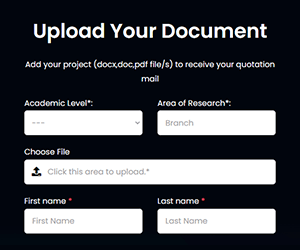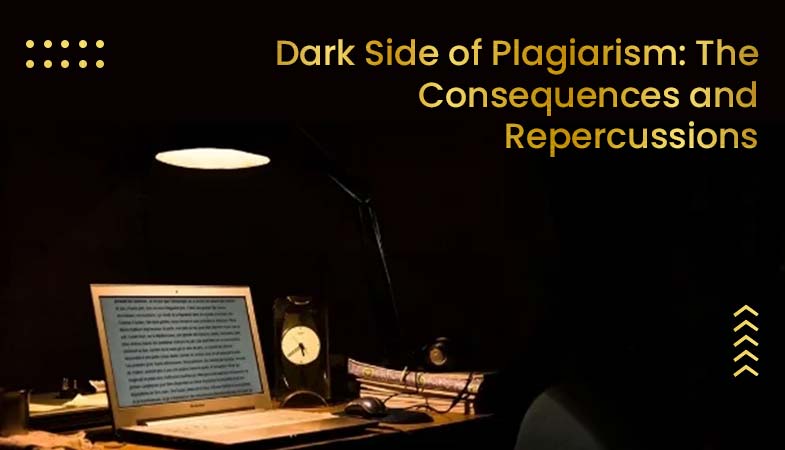
Difference Between Turnitin And Urkund
Difference between Turnitin and Urkund –Turnitin and Urkund are two popular software tools used to detect plagiarism in academic writing. While both tools are effective in identifying copied or unoriginal content, they have some key differences that may make one more suitable for a particular use case. Know the Difference Between Turnitin And Urkund in the blog mentioned below.
Even though Turnitin and Urkund are both similar tools, their individual features enable them to perform in different manners. In this post, we will shed light on the most fundamental distinctions between the two programs. The most important distinctions are discussed below.
Key Difference between Turnitin and Urkund Software
- One major difference between Turnitin and Urkund is the size of their databases. Turnitin has a larger database, with more than 60 billion web pages and over 300 million student papers. This makes it more effective at identifying copied content from a wide range of sources. Urkund, on the other hand, has a smaller database, but it is specifically designed to check for plagiarism within a particular institution. This means that it is better suited for detecting copied content from within a school or university.
- Another difference between the two tools is the way they handle matching content. Turnitin uses a proprietary algorithm to compare submitted papers to its database and identify matching text. It also provides a “similarity score,” which indicates the percentage of the paper that matches other sources. Urkund, on the other hand, uses a more human-driven approach to checking for plagiarism. It employs a team of experts who review submitted papers and compare them to a variety of sources, including the internet, the institution’s own database, and other academic databases. This allows Urkund to provide more detailed and accurate feedback on the originality of a paper.
- One advantage of Turnitin is that it offers a range of tools and features beyond simply checking for plagiarism. For example, it has a “Grademark” feature that allows teachers to leave comments and feedback on student papers directly within the tool. It also has a “Peer Review” feature that allows students to review and critique each other’s work. Urkund does not offer these types of additional features. However, it does have a feature called “Text Similarity,” which allows users to upload multiple documents at once and see how they compare to each other. This can be useful for identifying copied content within a group of papers.
- Another difference between the two tools is the way they handle false positives. Turnitin is known to produce a higher number of false positives, where it identifies matching content that is actually not copied. This can be frustrating for students who are falsely accused of plagiarism. Urkund, on the other hand, is generally more accurate and produces fewer false positives. This is due in part to its human-driven approach to checking for plagiarism, as well as its smaller and more specialized database.
- Lastly, in terms of pricing, Turnitin is generally more expensive than Urkund. It offers a range of subscription plans for individuals and institutions, with prices starting at around $20 per student per year. Urkund also offers subscription plans, with prices starting at around $10 per student per year.
Conclusion
Overall, both Turnitin and Urkund are effective tools for detecting plagiarism in academic writing. The choice between the two will depend on the specific needs and preferences of the user. Institutions with a large number of students and a need to check for plagiarism from a wide range of sources may prefer Turnitin, while smaller institutions or those with a need to check for plagiarism within a specific group of papers may prefer Urkund. For plagiarism removal services, you can contact Research Experts.








